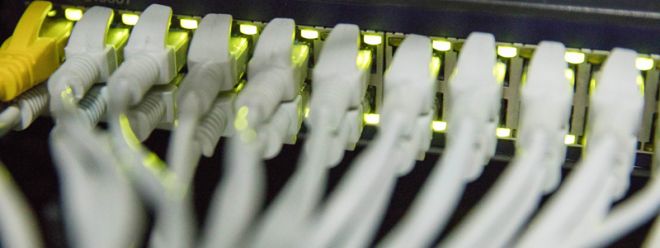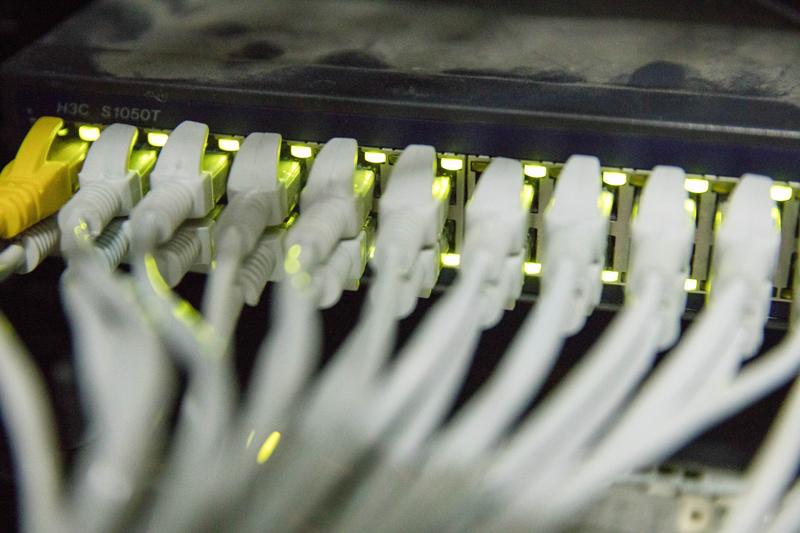By 2033, the hybrid fiber coaxial market will reach US$24 billion

By 2033, the hybrid fiber coaxial market will reach US$24 billion

Global hybrid fiber coaxial (HFC) market revenue is expected to reach $24 billion by 2033, up from $12.2 billion in 2023. The market is expected to grow at a CAGR of 7% between 2023 and 2033. These insights are based on a report on the HFC market by Future Market Insights (FMI).
Key drivers of growth include demand for broadband connectivity and high-speed internet services. Installations of IoT devices and smart homes continue to grow. Utilization of cloud-based applications and services continues to increase. Demand for high-definition video (4K) content continues to grow. Digitization continues to expand across various industries, including entertainment and education, and demand in the telecommunications industry continues to grow. The demand for reliable and high-performance network infrastructure is also growing.
Some of the factors limiting the industry include high expenses for setup and maintenance. Alternative technologies, including wireless and fiber optic networks, are readily available. Lack of experienced installation and maintenance workers. Data security and privacy issues are becoming increasingly serious. Additionally, hybrid fiber-coaxial networks have limited expansion potential.
Some market trends are that adoption of DOCSIS 3.1 technology is on the rise. Deployments of software-defined networking (SDN) and network virtualization continue to increase. HFC networks are gradually leveraging 5G technology. Implementations of Distributed Access Architecture (DAA) are increasing.
FMI also highlighted several business opportunities in the growing industry. Support and investment in infrastructure and smart city initiatives have increased. Demand for advanced video and entertainment services continues to grow. Deployment of high-speed cable technology has increased. Artificial intelligence and machine learning are integrated into HFC networks.
According to FMI, the UK hybrid fiber coax industry is expected to grow profitably at a CAGR of 6.1% through 2033. The US market is expected to surge at a CAGR of 5.8% during the forecast period. During the forecast period, the Japanese market is expected to develop rapidly with a CAGR of 6.4%. China's hybrid fiber coaxial market is expected to grow significantly, with a CAGR of 7.9% from 2023 to 2033. South Korea is expected to grow significantly, with a CAGR of 7.4% through 2033.
Based on this component, the CMTS/CCAP segment is expected to dominate the market with a CAGR of 6.9%.
From an application perspective, the digital TV field is likely to lead the market, with a compound annual growth rate of 6.8%.
HFC market players are overspending on R&D to enhance their product portfolios, the report said. In order to reach a wider market, they also cooperate with other enterprises. Market players are focusing on modernizing infrastructure for advanced technologies such as DOCSIS 3.1 and 5G.
To meet specific consumer needs, they also offer customized solutions. Market players also implement various expansion strategies such as mergers and acquisitions to gain competitive advantage.
In February 2023, Nokia launched Beacon 10 to provide smooth, high-capacity mesh networking. Beacon 10 is the first gateway launched to support Wi-Fi 6E. It is a precision tri-band device capable of 10 GB per second Wi-Fi performance.
In August 2022, Corning announced the expansion of its optical cable production capabilities. A long-term partnership with AT&T, America's top fiber optic internet service provider, lays the foundation for growth.